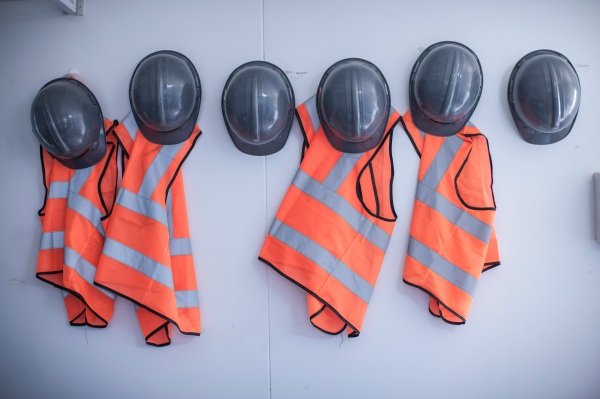How to test and evaluate the demand for hardware products before starting the factory

Creating real, tangible objects that you can touch is often a lot more risky than developing software. Once you’ve made 10,000 thingamajigs, it’s much more difficult to make changes to them than in the software world where you can push an update if you want to change something.
So in the production world, the question is, how can I make sure I’m building the right thing for the right audience?
Last week, when I wrote about Prelaunch.com’s $1.5 million fundraiser, I asked the company’s founder, Narek Vardanyan, what he thinks are the biggest pitfalls in hardware development.
Measuring the right users
To really understand what your customers want, Vardanyan recommends studying what your prospects are actually doing, not what they say they’re going to do.
In an ideal world, that means they have to buy your product or at least make a deposit. True purchase intent is more valuable than someone simply saying, “Yes, I would buy this thing.”
“You have to make decisions based on people’s actual behaviour. You have to make sure that the data you keep is coming from the right type of people,” Vardanyan said. “Working with people who put money down works like a filter: you only keep the people who really want to risk their money. In other words, your potential customers.”
